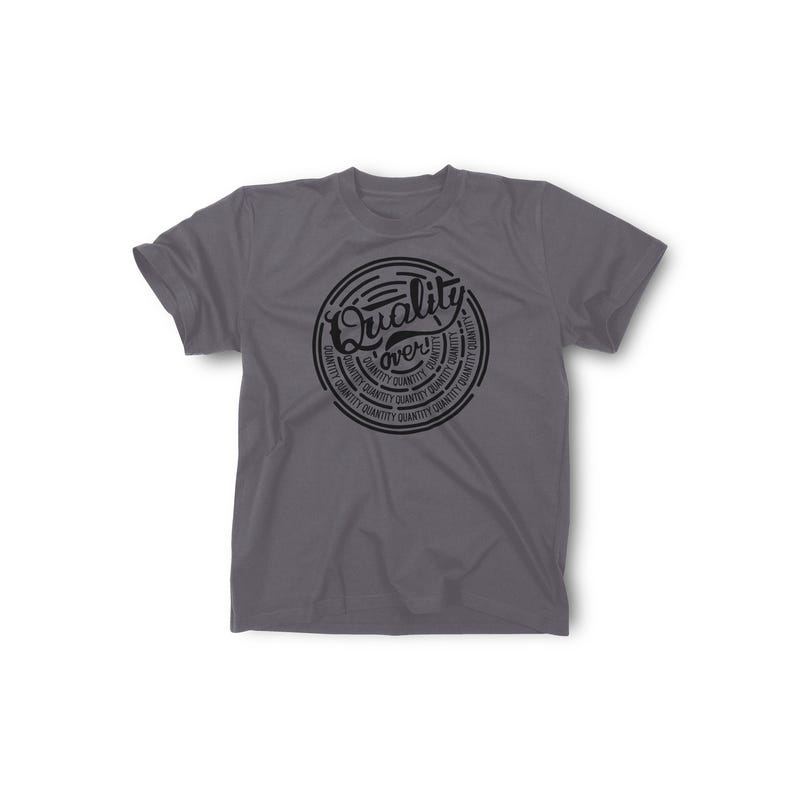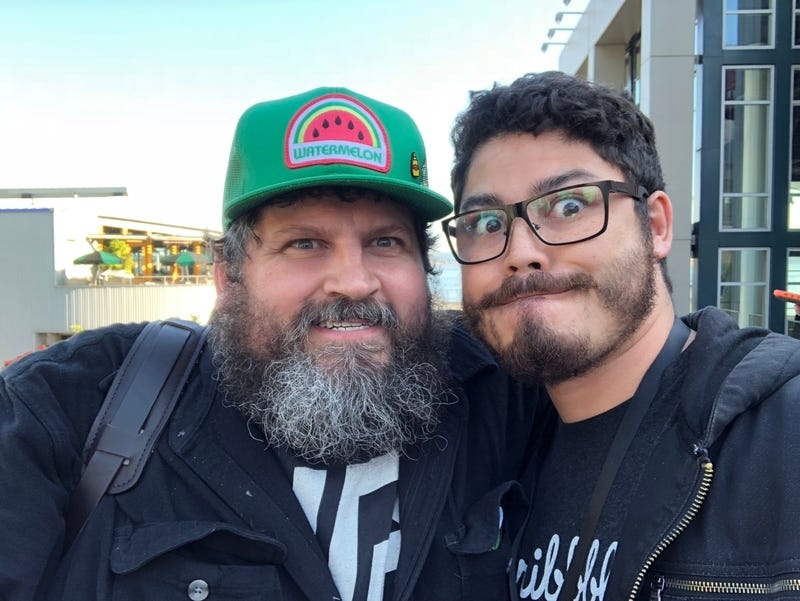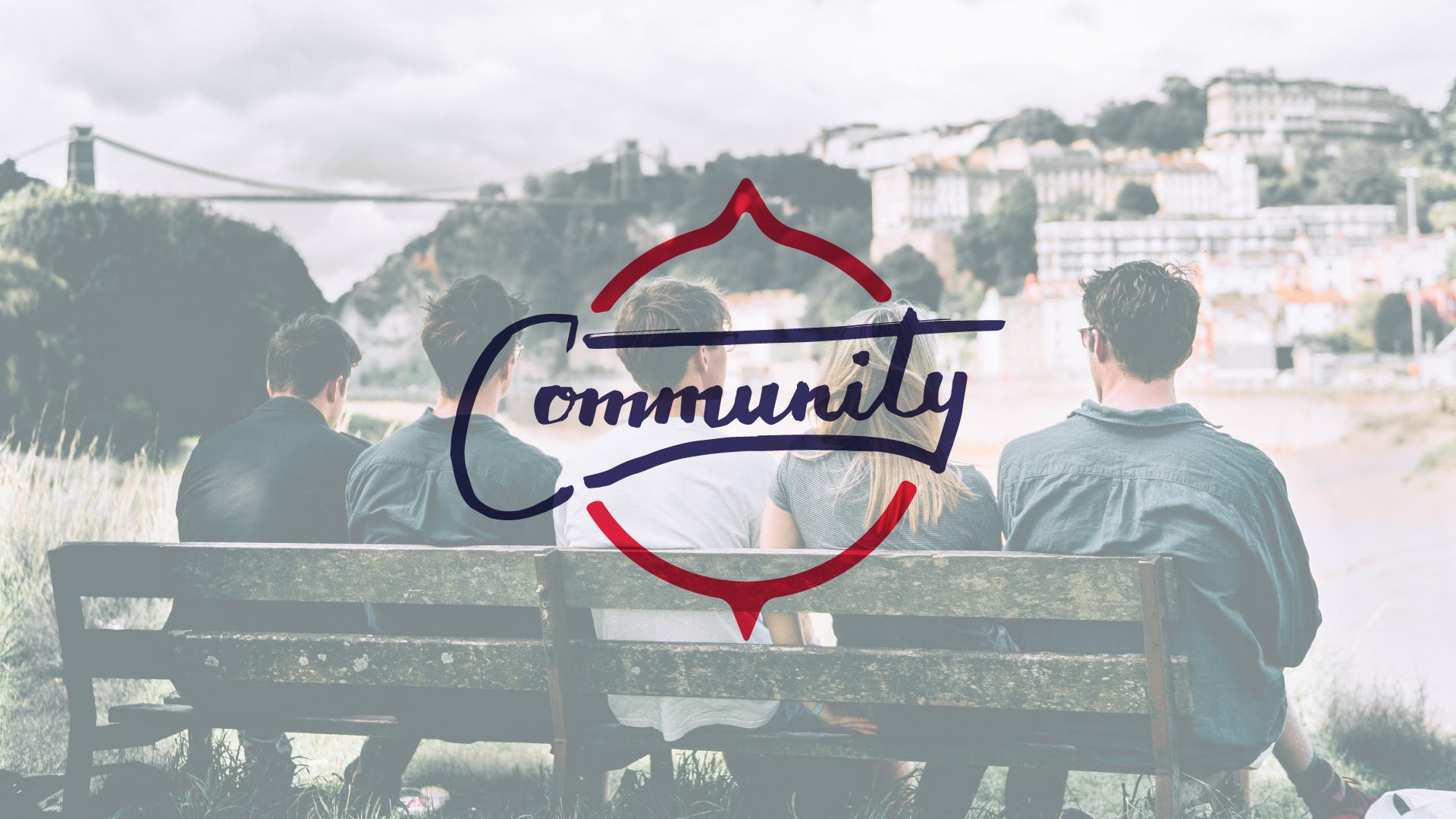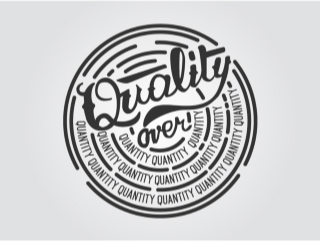I know how much we try only to display the best work we have. Rather than wanting to post everything we’ve done including the sketches and the work that wasn’t accepted, we like to only show the shiny, finished product.
When working on our design files, especially for personal projects, we sit there meticulously combing over the design pixel by pixel!
[arrow up] -> [arrow left] -> [arrow right] -> [arrow down] -> etc…
Then at the end, maybe we don’t like the work anyways. We hold on to it and keep it tucked in our folders so that the world can never see it.
I don’t think we’ll ever move past the point of wanting perfection in the work that we do. But the pursuit of perfection in our designs can sometimes hold us back from a lot of things.
If you’ve gotten to read my article on details in design versus the bigger picture, this may feel like an extension of that. Here are some things I’ve learned recently through listening and sharing with other designers about quality design.
The thing is, a design is never done.
As long as a company, a product, or a service exists, there will always be the need for design.
Companies will need a rebrand; websites will need to update their homepages and navigations; businesses will move to AR and VR; advances in technology will create new fields for work…
Nothing we do on this earth is permanent. However, if what we do is quality work, it may last a little longer than things that aren’t quality work.
When you’re working on the perfect dimensions of your UI’s buttons, know that even if you make it now, it may be replaced six months down the line.A few months back, I got a pretty good logo design gig that netted me a good portion of cash for my business.
I spent some time early this year wondering whether or not to go to a design conference that was run by Dribbble early this year.
The conference was about running with quality over quantity.
I’ve run other small businesses in the past (outside of the design field) and have always had this rule that if I wanted to go and do the fun things like going to conferences, then I had better be able to pay for it out of my business account rather than trying to seed the activity with my personal checking or savings.
I keep a good list of what I need monthly to keep my business afloat, and I finally had enough surplus after projects, research, and tool expenses that are out of the account to pay for the ticket to an event that Dribbble had put out here in Seattle, WA: Hang Time Seattle.
In preparation for this event, Dribbble had put together a small playoff (a little online challenge that lets designers all submit their take on a specific design prompt or idea) around the concept of Quality over Quantity. Out of all of the submissions, mine didn’t make it, but I still wanted to put together my thoughts on this after the event.

Waking up early is my strong suit, so getting up at four AM on Tuesday (the 15th) was just getting me more pumped to get over to the event.
The speakers were a decent mix of people from the PNW between Portland and throughout the Seattle area. I’m thrilled to have gotten to talk to a fair few of the speakers and everyone else that I met at the event as well.
Quality is achieved through understanding
“The ability of design is to collapse hours of talking about the product.” This idea from Josh Brewer got me thinking about how design works through designing for intuition.
The talk from Claudio Guglieri and the talk by Nathan Yoder both touched on understanding and intuition.
Claudio, who has worked with and for Microsoft’s core systems talked about how our move to non-natural interfaces like AR and VR requires us to understand how we can mimic things we experience in the real world, but bridge the gap between product and intuition.
We let our knowledge of what looks good in design cloud our judgment of what makes a design work.
Through Nathan Yoder’s talk, he mentioned that a lot of us had started through using those “learn to draw” books. Where there were steps to understand the shapes and proportions of objects that the final pictures are made of, most of us would rather jump straight to copying the final picture and present that as if we did it.
We unfortunately try to do the same thing in design; we build designs based off of other people’s end pictures.
For us to actually create good work, we need to understand what informed their decisions to do their design that way, and how those same steps inform how we’re supposed to create our designs.
Design trends are irrelevant when you are trying to solve real users problems.
Don’t let the pursuit of quality design overshadow your quality of life — Don and Ryan Clark

Getting to talk to Aaron Draplin was the highlight of the day. I talked to him while we were waiting for the merch area to open up about the Compass project that I have here, and I kept telling him how proud I am about the designers in our community who are continually working at getting better as designers.
His talk was titled Things That Don’t Have A Thing To Do With Graphic Design. It was not the same talk he’s been giving for the last year or so on his book tours. This talk had nothing to do with how to become a better graphic designer, and more so about learning to love the life you have through what you do, as a designer.
A few people throughout the even talked about how you need to learn the value of yourself and your family.
Your kids won’t care what you do for work. To my sons, I’ll always be Dad to them, and through pursuing my work, I will never be as satisfied as I would be pursuing great relationships with my family.
The panel talks between Dan Cederholm, Sasha Barr, Dina Rodriguez, and Victor Melendez and the panel with Sarah Kuehnle, Josh Brewer, and Marie Gosal touched on this, that no matter how much we try to put our work out there, it’s the relationships that get us there.
If you want to change anything through design, build relationships with people. Build partners. There’s nothing more effective than someone else that is another cog in the process saying that you need to be in those meetings.
We need to know that quality of who we are and what our relationships with others are, all of that will outweigh how good we are as designers.
Aaron’s talk reiterated that he doesn’t need to be on Dribbble. He’s inspired by the life he has. He interacts with his world through what he does as a designer, and that is what matters to him. It’s something that brings him closer to the people he loves, and granted; he does a really good job at both as a result.
Don’t get bogged down with details
We have to learn to iterate and iterate quickly.
When we prototype designs, we make the mistake of making those prototypes as high-fidelity or close to the actual design as possible the first try.
Again, if you haven’t read my details article, give it a look. Lol.
If you work with digital files, your digital work is free to move and be copied and replicated within the artboards. Create variations, tweak things. Don’t spend all your time working on one single design, making hundreds of changes to the same artboard. Duplicate that piece and do changes there.
Quality through Quantity.

First, you will have to define quality.
If you don’t have a measure of what quality looks like, you’ll never be able to achieve it by making things.
Dina Rodriguez talked on stage about doing more of what works. We’ve got to get past the things that hold us back from sharing process work. Things like perfectionism, shiny object syndrome, and impostor syndrome hold us back from building up the ability to put out a high volume of quality work.
“You’re not going to get anywhere if you only post once a month or once a year.“
We need to rethink our strategy with social media. We’re often too focused on only presenting our best work on social.
Social media is for two things, it’s for people to be social with each other, and it’s a way for brands to connect with the people who are interested in them.
Your website is where you should show your best work.
If you wanted to be able to share just the best work you’ve done. Use your website. If you’re looking to grow your business and connect with great people, share what you’re working on, do something consistently and show up to work. (:
As long as you’re making and posting, you’re doing it right.
THere’s an article out there that goes over a class that was split into two groups, one group was tasked with making one perfect pot, and the other was tasked with creating 50 pounds worth of clay pots. The one that was tasked with making the 50 had outperformed those making the one single pot, mainly because they were able to learn from their mistakes on the last iteration.
If you have the ability to design, learn to achieve quality through quantity. Your skills only get better when you’re able to learn from your mistakes and finding out what you still have to work on.
I got to talk to Dina after her talk, have lunch with her and her boyfriend. I’m immensely impressed with what she’s accomplished as a lettering artist and am really glad to have gotten the chance to hang out for a while.
So these are just a few things that I’ve gotten from my first design event experience, going to Dribbble’s Hang Time event in Seattle.
I talked with so many awesome designers from the Dribbble team, connected with designers that I’ve talked to for years over social, and meet some of the best designers out there creating incredible work. I hope that if you ever get the chance, that you go to events or meetups and get around people outside of your own circles. It’s crazy what you can learn from such an event.
— Darian Rosebrook, Compass of Design

How do you know what skills you should focus on?
If this is a question you need an answer to, come join other like-minded designers who are also working at becoming masters of their craft.
Every week we go over ways to market yourself better by improving your design skills, your personal brand, and other topics to further develop as a great designer.
Tap either picture to get started investing in your design skills (:


